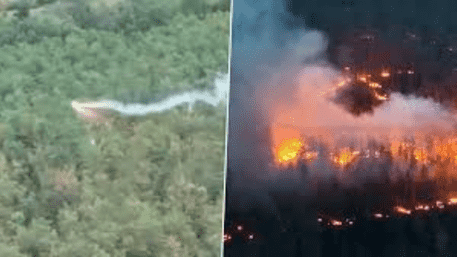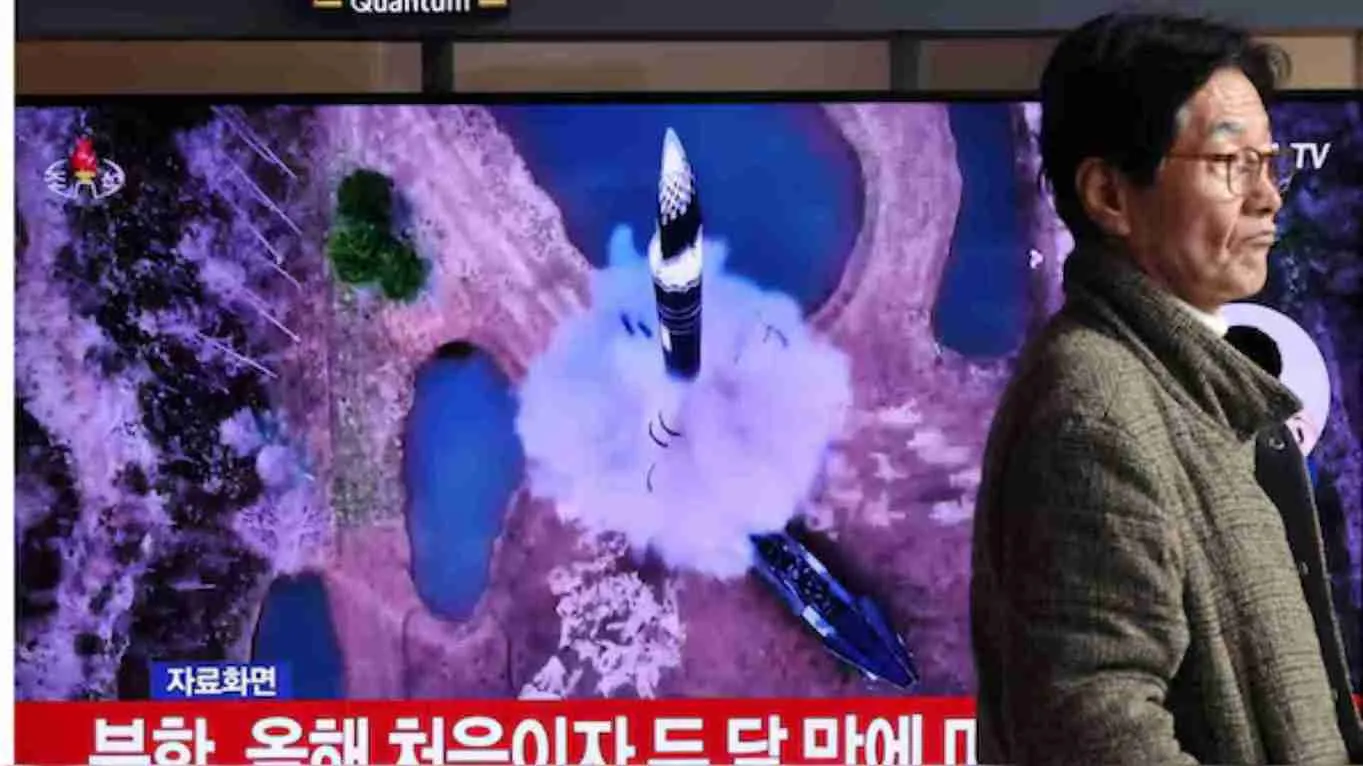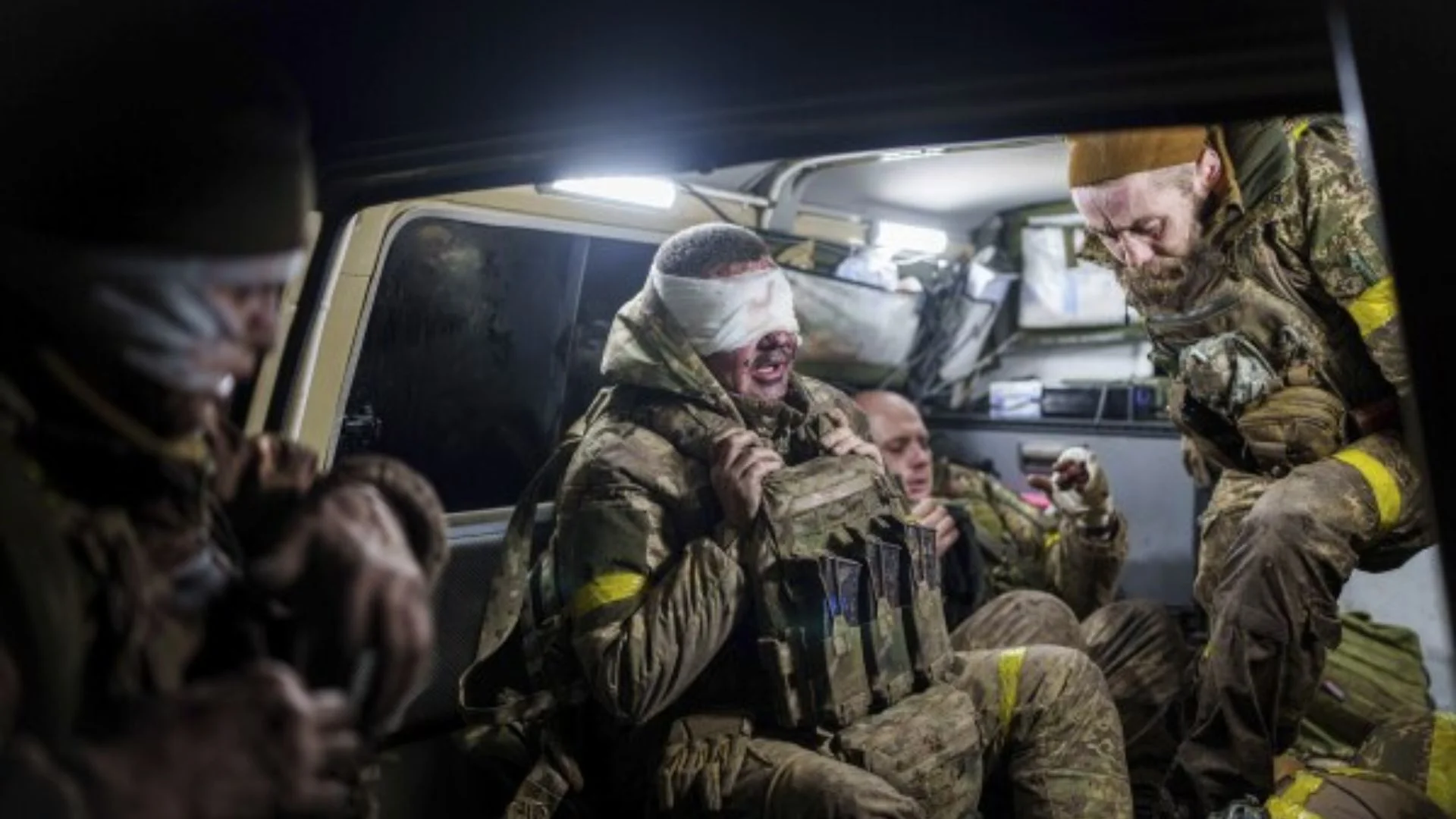In recent days, social media has been flooded with videos showing Ukrainian forces deploying fire-spewing ‘Dragon drones’ against Russian army positions in the Russian-held region of Kharkiv. These low-flying drones have been capturing attention with their ability to release torrents of molten metal, igniting fears of their destructive potential.
Ukraine’s Use of Dragon Drones
On Wednesday, Ukraine’s defense ministry posted a video to Telegram showcasing these powerful drones. The video reveals the drones flying low and dropping streams of what appears to be fire, aimed directly at Russian positions. While the sight may resemble something out of mythology, the true nature of these weapons is both scientifically advanced and devastating.
WATCH THE VIRAL VIDEO:
The Ukrainian military began using the Dragon drone, which burns the area underneath with thermite 🥰🥰🥰 Thermite is a mixture of burning granules of iron oxide and aluminum. About 500 grams of thermite mixture can be placed under a standard FPV drone. The chemical reaction is… pic.twitter.com/3XIzc3LLHN
— Anastasia (@Nastushichek) September 5, 2024
What Is a Dragon Drone?
The Dragon drone, despite its mythical name, uses a very real and dangerous incendiary material called thermite. Thermite is a combination of aluminum powder and iron oxide that burns at incredibly high temperatures of up to 4,000 degrees Fahrenheit (around 2,200 degrees Celsius). As it falls from the drone, the molten material resembles fire-breathing dragons, giving the drone its ominous name.
The Power of Thermite
Thermite is incredibly destructive, capable of burning through almost anything it touches, including metal. Its extreme heat can quickly destroy trees, vegetation, and infrastructure, leaving little chance for defense or protection. Previously used by Germany and the Allies in World War II, thermite saw a resurgence in military use in 2023.
Originally discovered in the 1890s, thermite was first used to weld railway tracks but has since evolved into a potent weapon of war. When deployed by drones, thermite can be dropped with precision, often directly into enemy strongholds, where it ignites everything in its path.
Effectiveness in Modern Warfare
Action on Armed Violence (AOAV), a UK-based anti-war advocacy group, notes that thermite’s ability to bypass traditional defenses makes it highly effective in modern warfare. The precision of drone deployment further enhances its lethality.
Thermite is classified as an incendiary weapon, a category that also includes napalm and white phosphorus. These weapons are known for their ability to cause widespread destruction and uncontrollable fires.
Environmental and Human Impact
According to the United Nations Office for Disarmament Affairs, incendiary weapons like thermite can cause significant environmental damage, producing fires that are difficult to contain. Additionally, Human Rights Watch (HRW) warns that these weapons can inflict severe injuries, including fourth- and fifth-degree burns that damage not just the skin, but muscles, tendons, and bones.
As the conflict in Ukraine continues to escalate, the use of such powerful and destructive technology raises concerns over its long-term impact on both the environment and human life.























